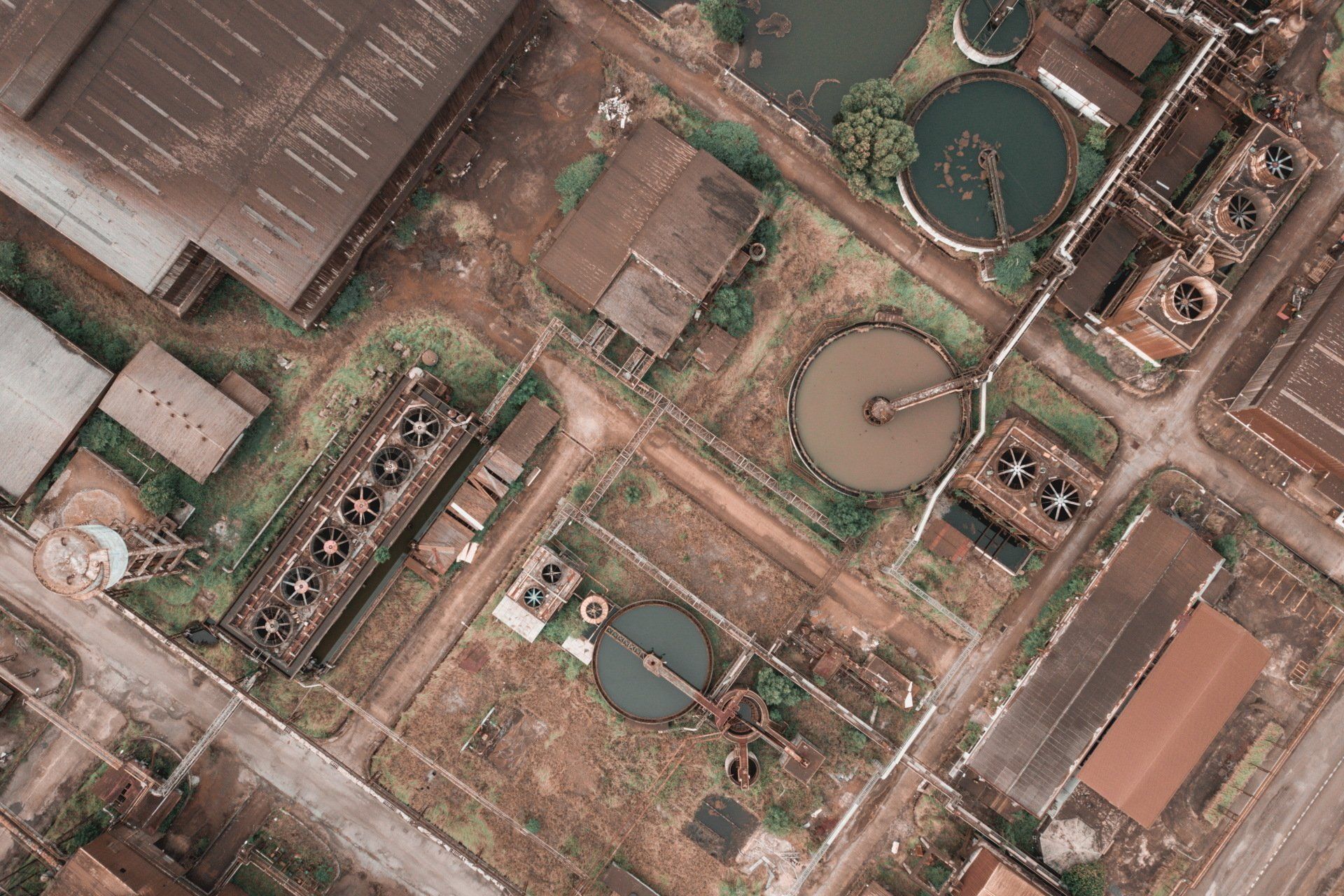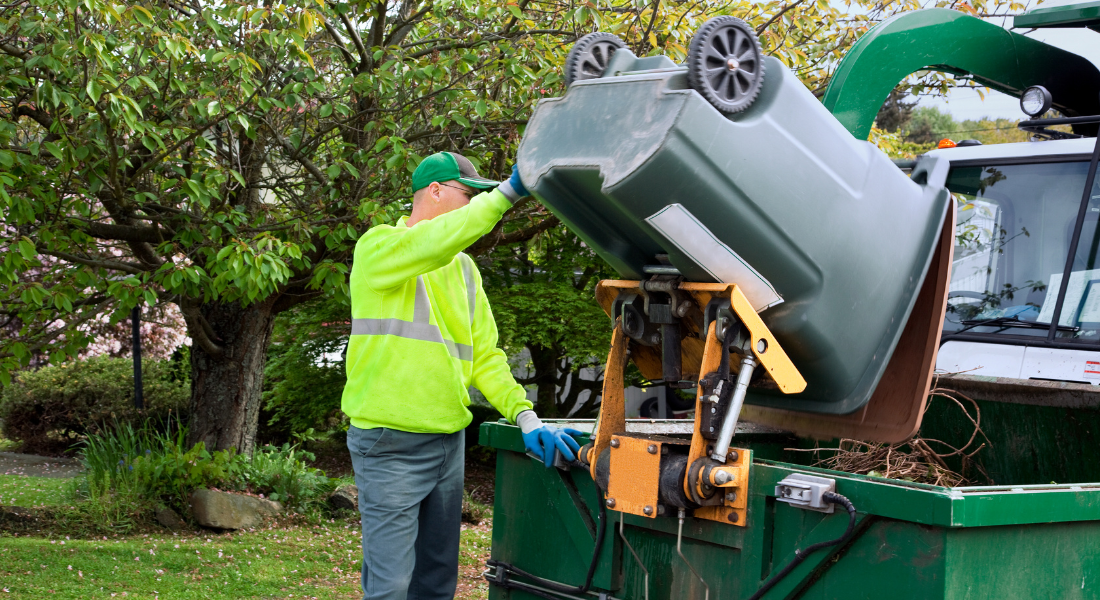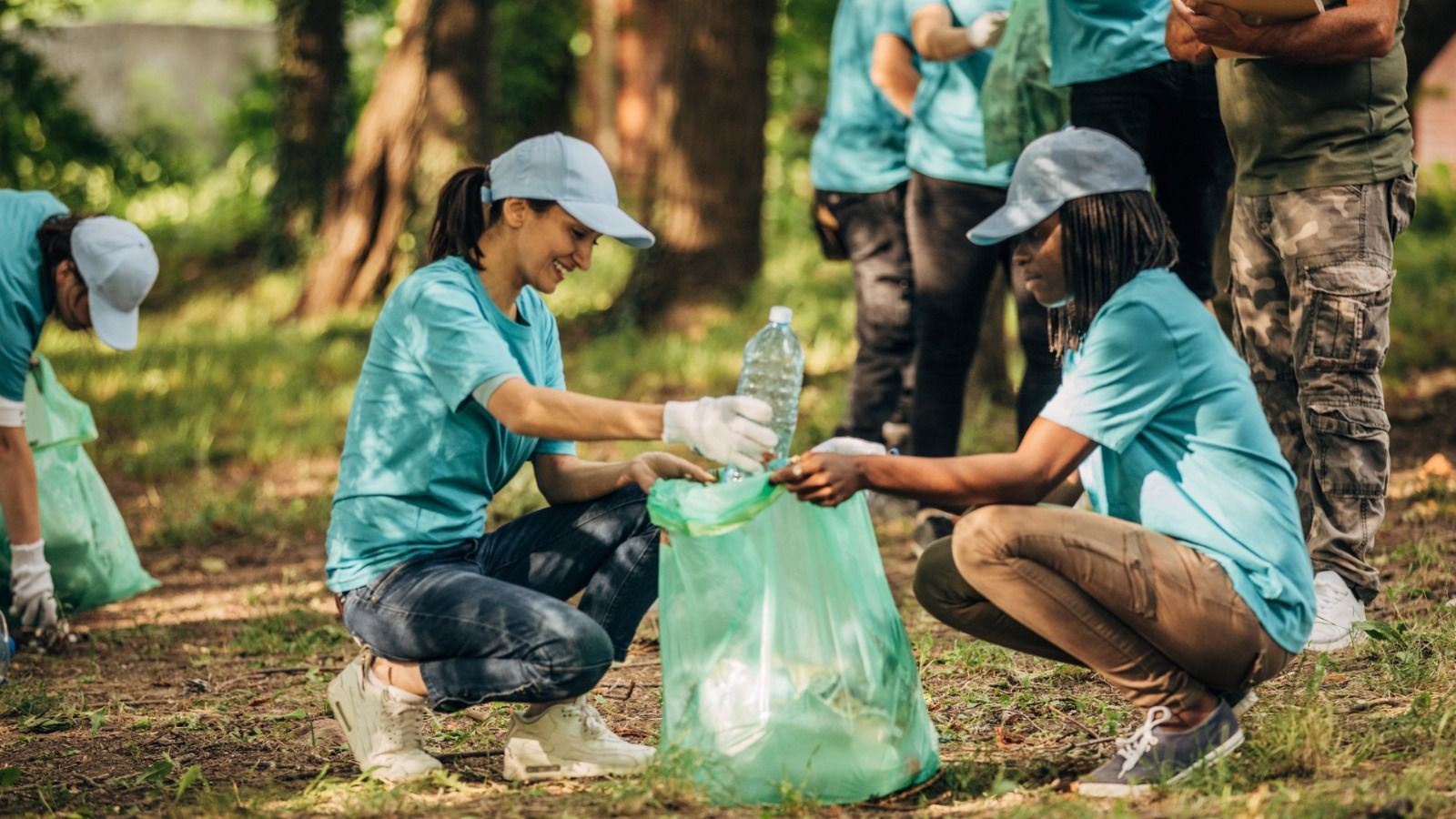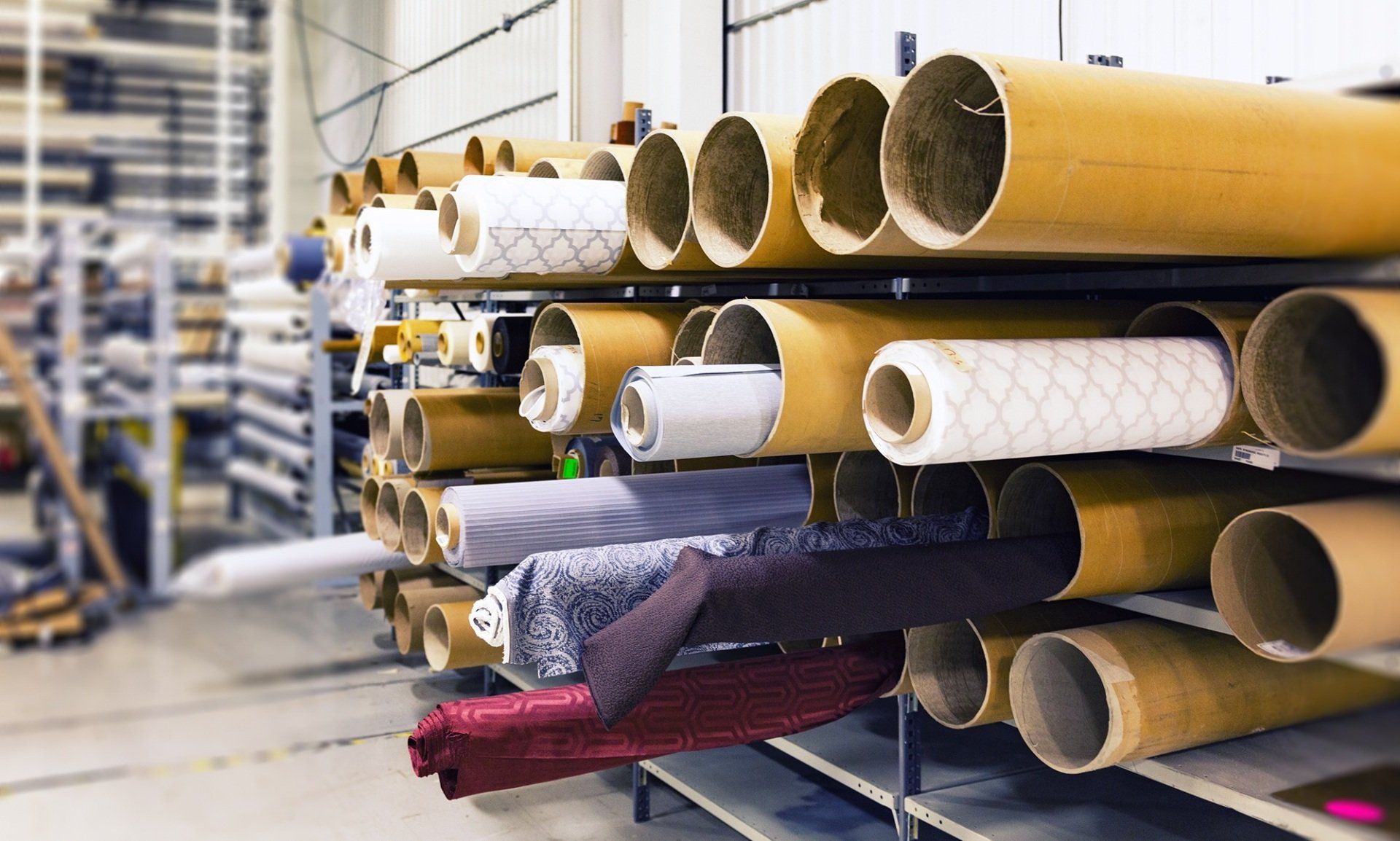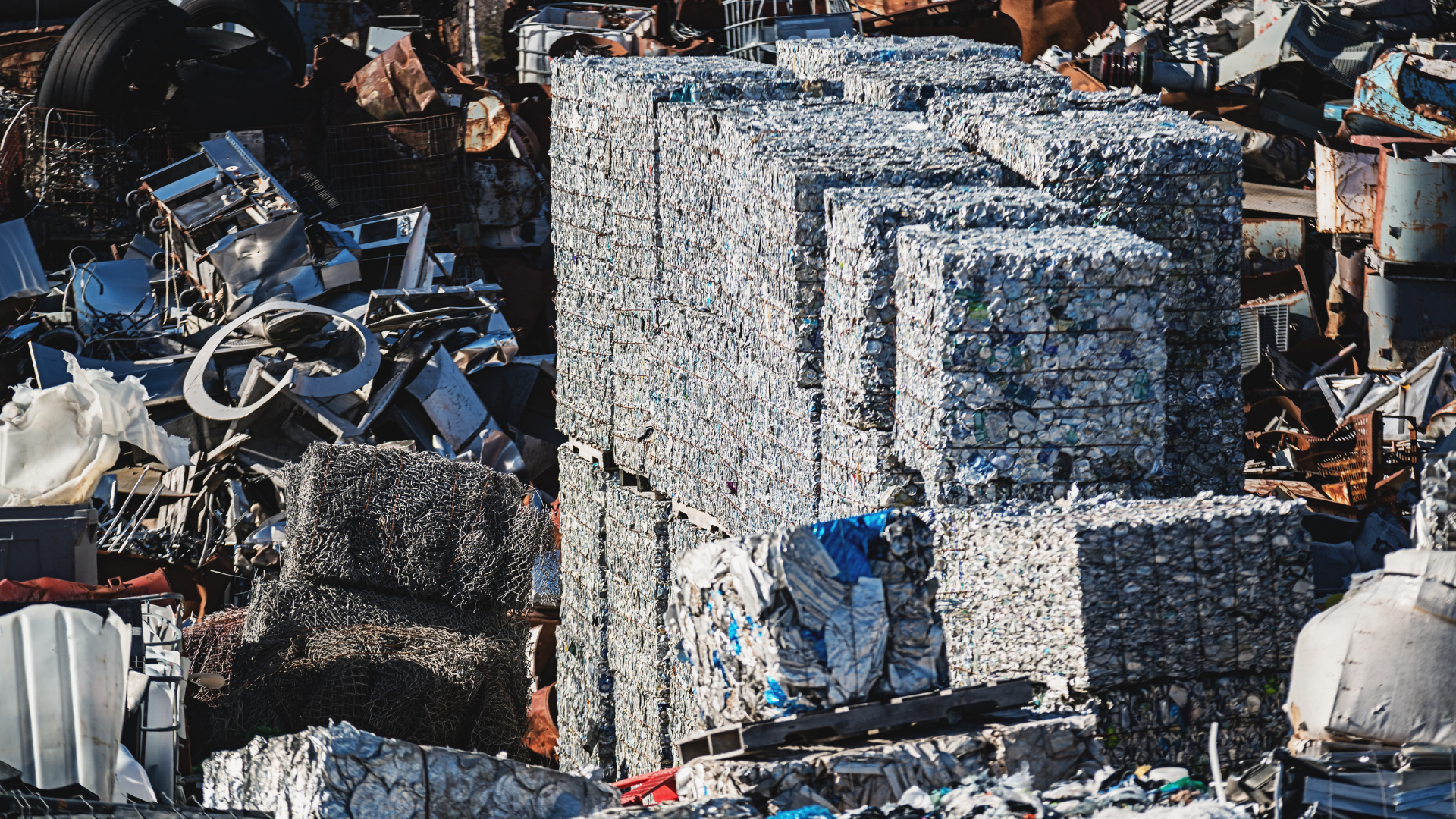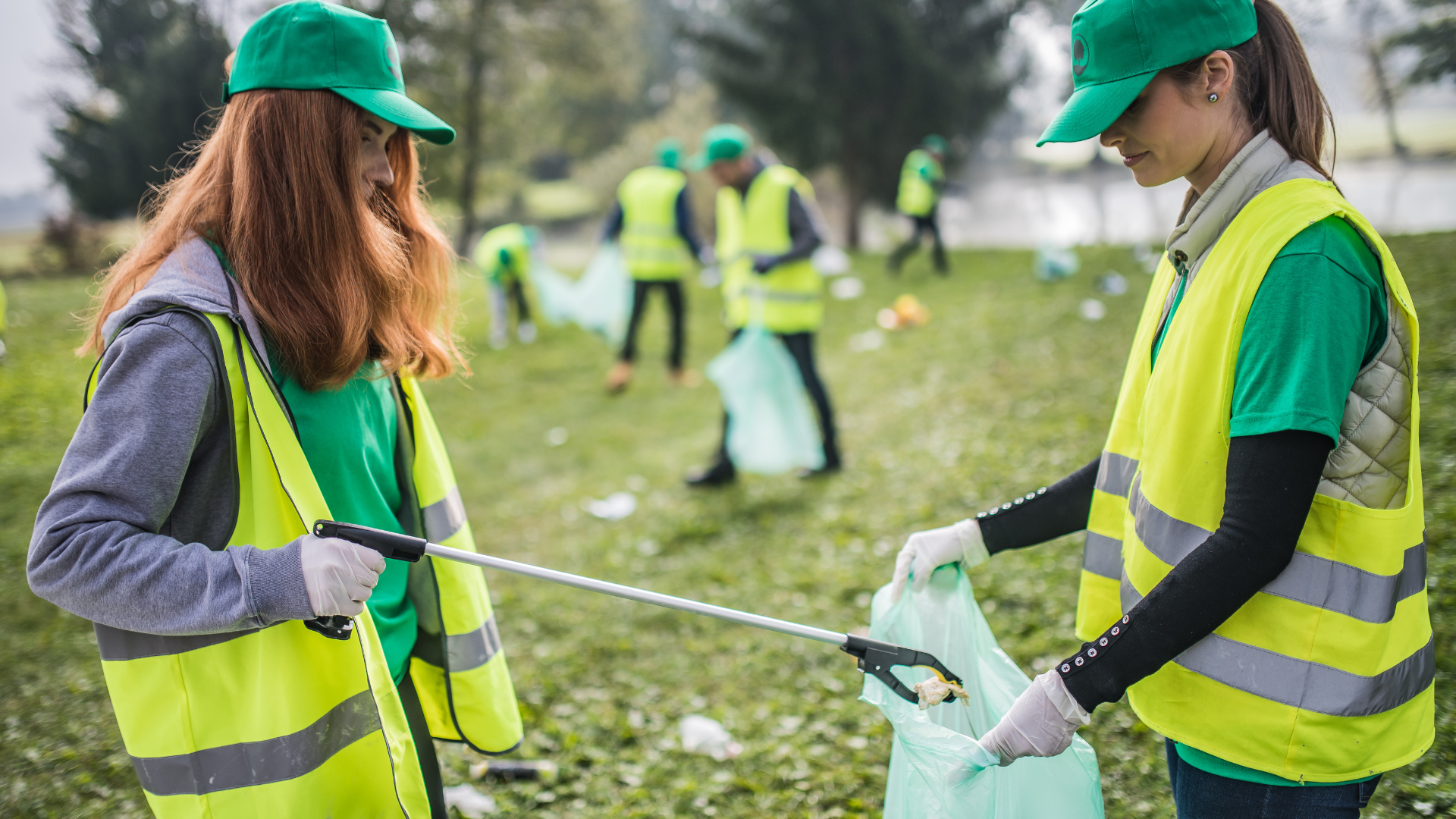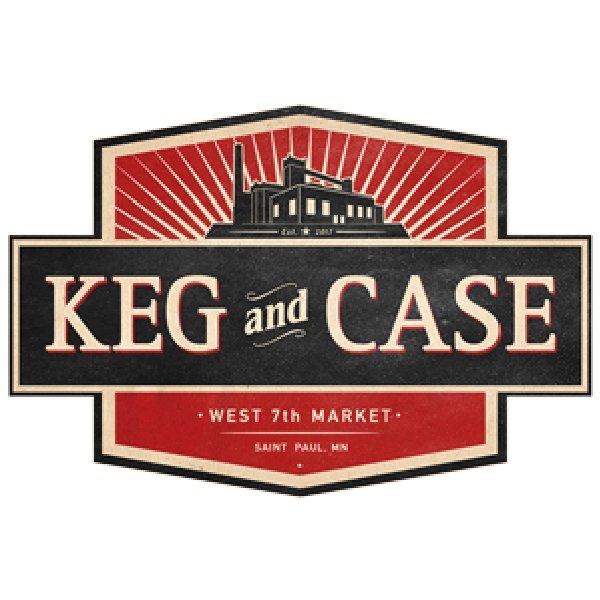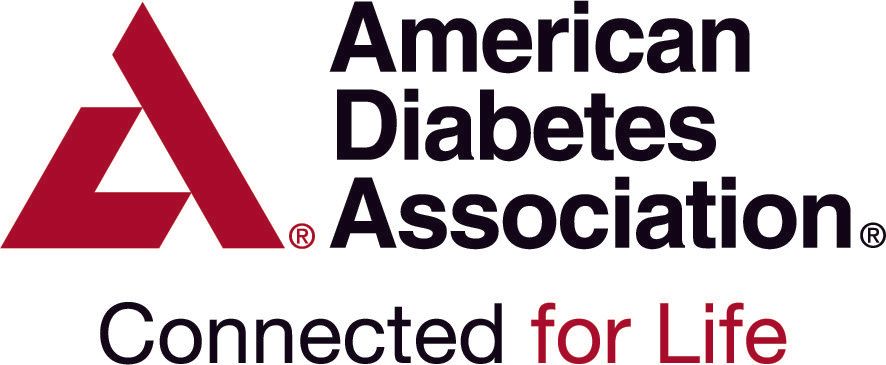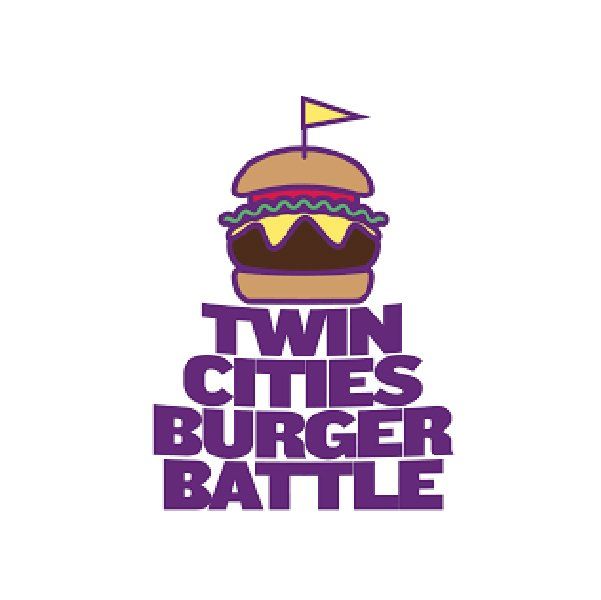The Negative Effects Of Plastic On The Environment
FIND OUT HOW YOU CAN SAVE OVER 30% ON YOUR WASTE COST
WHILE IMPROVING THE SERVICE LEVEL
We Will Provide A Free Waste Savings Audit.
It's no secret that plastic is bad for the environment. It takes hundreds of years to decompose, and in the meantime, it pollutes our oceans and landfills. But you might not know just how many different ways plastic can negatively impact the environment - from the manufacturing process to how we dispose of it.
The Problem With Plastic
Most people are aware of the problems that plastic can cause for the environment. It can take centuries for plastic to decompose. In that time, it can release harmful toxins into the ground and water. Marine animals are especially susceptible to the effects of plastic pollution, as they can mistake it for food and ingest it. This can cause them to starve or become entangled and drown.
While many people try to avoid using plastic as much as possible, it's still a significant part of our lives. It's used in everything from packaging to construction materials. So what can we do to reduce the harmful effects of plastic on the environment?
The different types of plastic
There are different types of plastic, each with its unique set of properties. Some types of plastic are more durable than others, while some are more flexible. But no matter what type of plastic it is, it will always have a negative effect on the environment.
Plastic is made from petroleum, a non-renewable resource. This means that once we use up all the petroleum in the world, there will be no more plastic. And since plastic takes hundreds of years to break down, all the plastic that has ever been made is still in the environment.
One of the most common types of plastic is polyethylene terephthalate (PET). It's used to make water bottles, food containers, and packaging for many other products. PET is durable and doesn't break down easily, so it can stay in the environment for a long time.
Another type of plastic is polyvinyl chloride (PVC). PVC is used to make pipes, flooring, and packaging for some food products. It's also found in some clothes and toys. PVC contains harmful chemicals that can leach into the environment and cause health problems in people and animals.
Both PET and PVC are made of petroleum, so they're not renewable resources. And since they don't break down easily, they can stay in the environment for a long time and cause problems.
Other types of plastic are made from renewable resources, like corn or sugarcane. These plastics are called bioplastics. They're made from plant materials that can be replenished, so they're more environmentally friendly than petroleum-based plastics.
Bioplastics are still new, so we don't know how well they'll hold up over time. And since they're made from plants, they could compete with food crops for land and water resources. So even though bioplastics are more environmentally friendly than petroleum-based plastics, they're not perfect.
The best way to reduce your impact on the environment is to avoid using plastic altogether. If you need to use plastic, choose products made from renewable resources like corn or sugarcane. And always recycle your plastic bottles and containers.
How does plastic affect the environment?
It's no secret that plastic is bad for the environment. But just how bad is it? Let's take a look at some of the ways that plastic negatively affects the environment.
First, there's the issue of pollution. Plastic is a major contributor to both land and water pollution. When it's not properly disposed of, it can end up in our oceans and rivers, harming marine life. It can also end up in landfills, where it takes centuries to decompose.
Second, there's the issue of deforestation. Plastic is made from petroleum, which means its production contributes to deforestation. The more plastic we use, the more trees are cut down to make way for oil drilling and refining facilities.
Third, there's the issue of climate change. Plastic production emits greenhouse gases, which contribute to climate change. Climate change is a major threat to both humans and wildlife, and it's only getting worse as we continue to pump more and more greenhouse gases into the atmosphere.
Fourth, there's the issue of human health. Plastic contains harmful chemicals that can leach into food and water. These chemicals have been linked to cancer, reproductive problems, and other health issues.
How does plastic affect animals?
Wildlife can become entangled in plastic 6-pack rings, fishing lines, and other trash, leading to injury or even death. Animals can also mistake plastic for food and eat it, which can cause blockages in their digestive system or even starve them to death. Sea turtles are especially vulnerable to plastic pollution, as they often mistake floating plastic for jellyfish and eat it.
The bottom line is that plastic is a serious threat to wildlife, and we need to do something about it. We can start by reducing our own use of plastic and by supporting organizations working to clean up our oceans and protect wildlife.
Conclusion
The adverse effects of plastic on the environment are vast and varied. They range from the pollution of our waterways to the destruction of our marine life. We cannot continue to ignore the problem any longer, and we must take action to reduce our reliance on plastic. We can start by making small changes in our everyday lives, such as using reusable bags and water bottles. Every little bit helps, and together we can make a difference.
GET IN TOUCH TODAY
TVG Waste Consulting provides proactive environmental consulting services. We're dedicated to saving you time, money, and making sure you have a custom solution to meet your needs. Contact us today!
Our Recent Articles
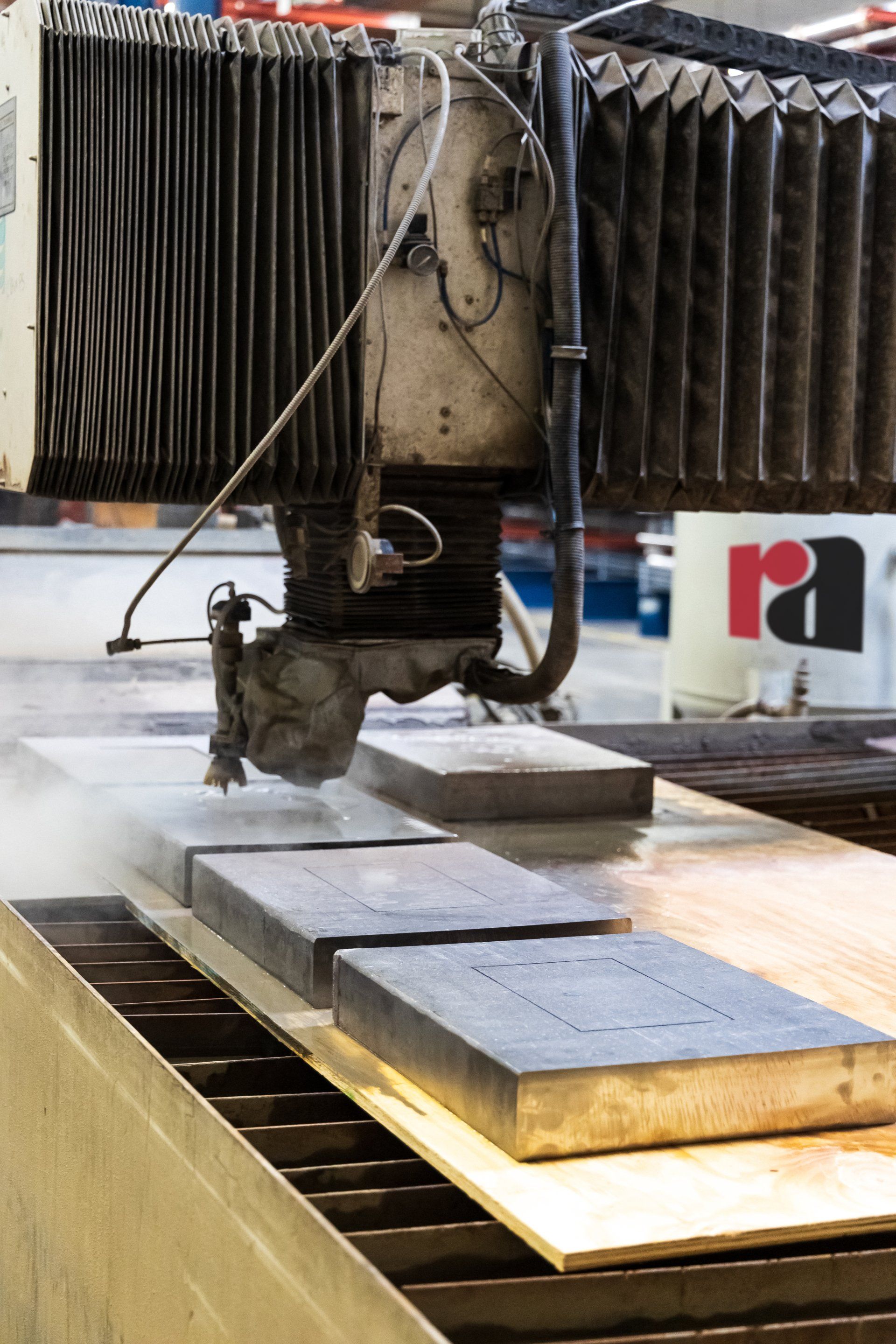
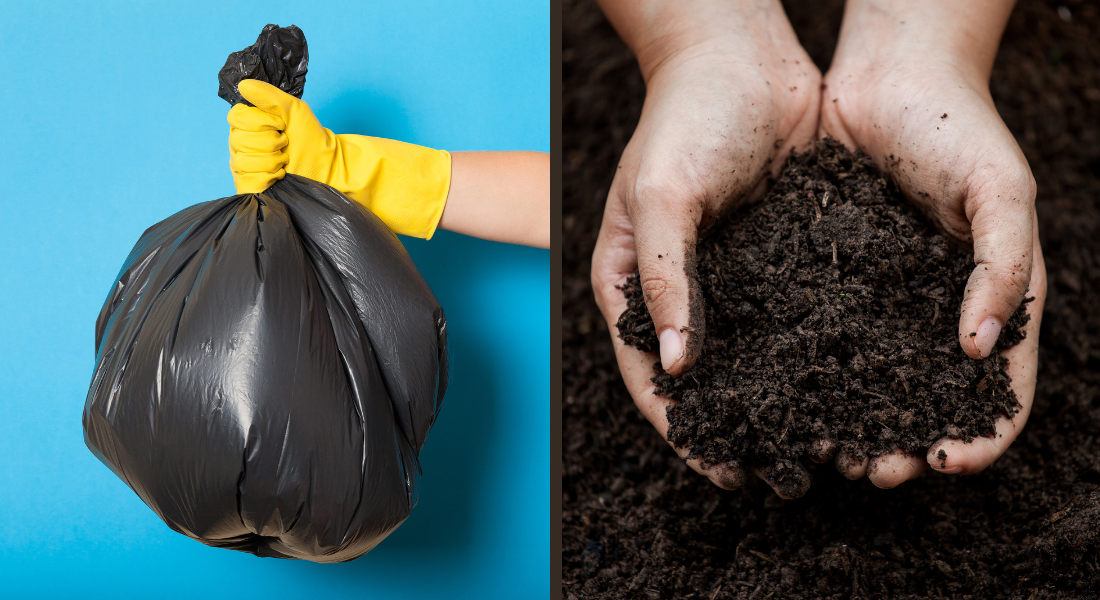
FIND OUT HOW YOU CAN SAVE OVER 30% ON YOUR WASTE COST
WHILE IMPROVING THE SERVICE LEVEL
We Will Provide A Free Waste Savings Audit.


